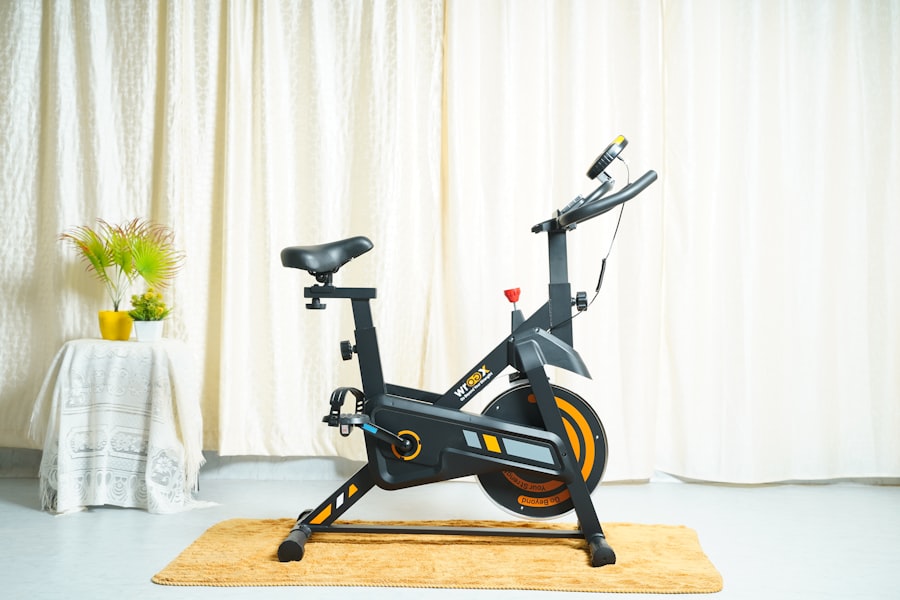As we navigate our daily lives, we often overlook the significance of maintaining balanced blood sugar levels. Elevated blood sugar can lead to a myriad of health issues, including diabetes, heart disease, and obesity. By understanding the importance of lowering blood sugar, we can take proactive steps to enhance our overall well-being.
When our blood sugar levels are consistently high, our bodies struggle to function optimally, leading to fatigue, irritability, and a host of other symptoms that can hinder our productivity and quality of life. Moreover, managing blood sugar is not just about avoiding the negative consequences of high levels; it’s also about promoting a healthier lifestyle. When we focus on lowering our blood sugar, we often find ourselves making better dietary choices, engaging in regular physical activity, and adopting stress-reduction techniques.
These changes not only help in stabilizing our blood sugar but also contribute to improved mental clarity and emotional stability. By prioritizing blood sugar management, we can cultivate a more vibrant and energetic life.
The Benefits of 15-Minute Workouts
Boosting Metabolism and Insulin Sensitivity
Engaging in just 15 minutes of exercise can stimulate our metabolism, enhance insulin sensitivity, and promote better glucose control. This means that even with a busy schedule, we can still prioritize our health without dedicating hours to the gym.
Versatility and Enjoyment
Additionally, 15-minute workouts can be incredibly versatile. Whether we prefer high-intensity interval training (HIIT), brisk walking, or yoga, there are countless options to choose from that can fit into our lifestyle. The key is to find activities that we enjoy, making it easier to stay consistent.
A Refreshing Break and Enhanced Well-being
Furthermore, these short workouts can serve as a refreshing break during our day, helping us to recharge mentally and physically. By incorporating 15-minute workouts into our routine, we not only work towards lowering our blood sugar but also enhance our overall fitness and well-being.
Types of 15-Minute Workouts to Lower Blood Sugar

When it comes to 15-minute workouts aimed at lowering blood sugar, variety is essential. We can explore numerous types of exercises that cater to different preferences and fitness levels. For instance, high-intensity interval training (HIIT) is an excellent option for those looking to maximize their workout in a short amount of time.
This approach involves alternating between intense bursts of activity and brief rest periods, effectively boosting our heart rate and metabolism while promoting insulin sensitivity. Alternatively, we might consider low-impact exercises such as brisk walking or cycling. These activities are not only easy on the joints but also effective in improving cardiovascular health and regulating blood sugar levels.
Even simple bodyweight exercises like squats, lunges, or push-ups can be performed in a quick circuit format to elevate our heart rate and engage multiple muscle groups. By mixing and matching different types of workouts, we can keep our routine fresh and enjoyable while reaping the benefits of improved blood sugar control.
Tips for Getting the Most Out of Your 15-Minute Workout
To truly maximize the benefits of our 15-minute workouts, we should consider a few key strategies. First and foremost, setting clear goals can help us stay focused and motivated. Whether we aim to complete a certain number of repetitions or maintain a specific heart rate, having measurable objectives allows us to track our progress and celebrate our achievements along the way.
Additionally, warming up before diving into our workout is crucial for preventing injuries and enhancing performance. A few minutes of dynamic stretching or light cardio can prepare our muscles and joints for the more intense activity ahead. After completing our workout, taking time to cool down and stretch can aid in recovery and flexibility.
Lastly, staying hydrated is essential; drinking water before, during, and after exercise helps maintain optimal performance and supports overall health.
Incorporating 15-Minute Workouts into Your Daily Routine
Integrating 15-minute workouts into our daily routine may seem challenging at first, but with a little planning and creativity, it becomes entirely feasible. One effective approach is to schedule these workouts into our day just like any other appointment or commitment. By setting aside specific times for exercise—whether it’s in the morning before work or during a lunch break—we create a consistent habit that prioritizes our health.
We can also look for opportunities to incorporate movement throughout our day. For instance, taking the stairs instead of the elevator or going for a quick walk during breaks can add up over time. Additionally, involving friends or family members in our workouts can make them more enjoyable and provide accountability.
By fostering a supportive environment around exercise, we not only enhance our own commitment but also inspire others to join us on this journey toward better health.
Monitoring Your Blood Sugar Levels

Various Methods for Monitoring Blood Sugar Levels
There are various methods available for monitoring blood sugar levels, ranging from traditional finger-prick tests to continuous glucose monitors (CGMs). Each method has its advantages and can provide valuable insights into how our body reacts throughout the day. By keeping track of our levels before and after workouts or meals, we can identify patterns that inform our dietary choices and exercise routines.
The Benefits of Monitoring Blood Sugar Levels
This proactive approach not only helps us manage our blood sugar but also fosters a deeper connection with our overall health.
Other Lifestyle Changes to Lower Blood Sugar Naturally
While exercise plays a pivotal role in lowering blood sugar levels, it’s important to recognize that other lifestyle changes can significantly contribute to this goal as well. Nutrition is one of the most impactful areas where we can make adjustments. Focusing on whole foods—such as fruits, vegetables, whole grains, lean proteins, and healthy fats—can help stabilize blood sugar levels.
Reducing processed foods high in refined sugars and carbohydrates is equally crucial; these foods can cause rapid spikes in glucose that are detrimental to our health. In addition to dietary changes, managing stress is another vital aspect of maintaining balanced blood sugar levels. Chronic stress triggers the release of hormones like cortisol that can lead to increased blood sugar levels over time.
Incorporating mindfulness practices such as meditation, deep breathing exercises, or yoga into our daily routine can help mitigate stress and promote emotional well-being. By addressing these various facets of our lifestyle—nutrition, stress management, and physical activity—we create a holistic approach that supports lower blood sugar naturally.
Consulting with a Healthcare Professional
As we embark on this journey toward better health through lower blood sugar levels, consulting with a healthcare professional is an invaluable step. A doctor or registered dietitian can provide personalized guidance tailored to our unique needs and circumstances. They can help us understand how various factors—such as age, weight, medical history, and lifestyle—affect our blood sugar management.
Moreover, healthcare professionals can assist us in developing a comprehensive plan that includes exercise recommendations, dietary adjustments, and monitoring strategies. They may also suggest regular check-ups to assess our progress and make necessary adjustments along the way. By collaborating with experts in the field, we empower ourselves with knowledge and support that enhances our ability to achieve lasting health improvements.
In conclusion, lowering blood sugar is an essential aspect of maintaining overall health and well-being. Through understanding its importance, embracing short yet effective workouts, monitoring our levels diligently, and making holistic lifestyle changes, we can take significant strides toward achieving balanced blood sugar levels. With the right mindset and support from healthcare professionals, we are well-equipped to embark on this transformative journey together.
